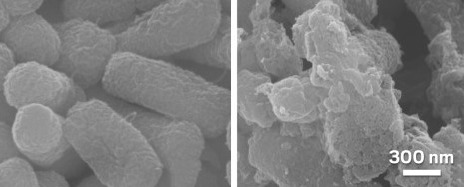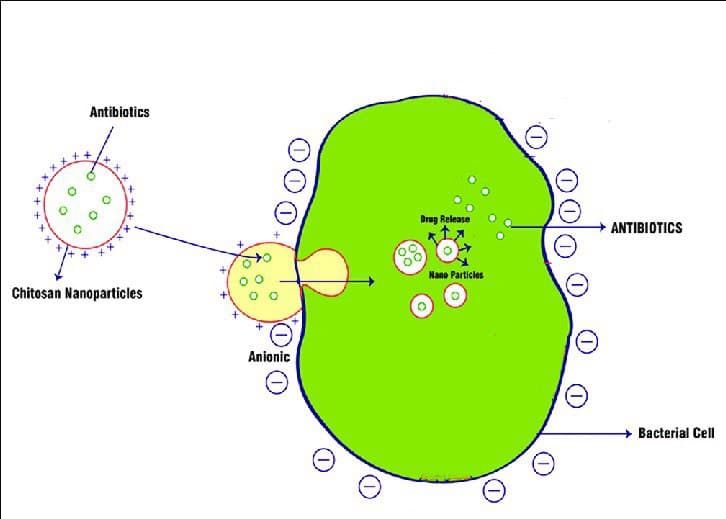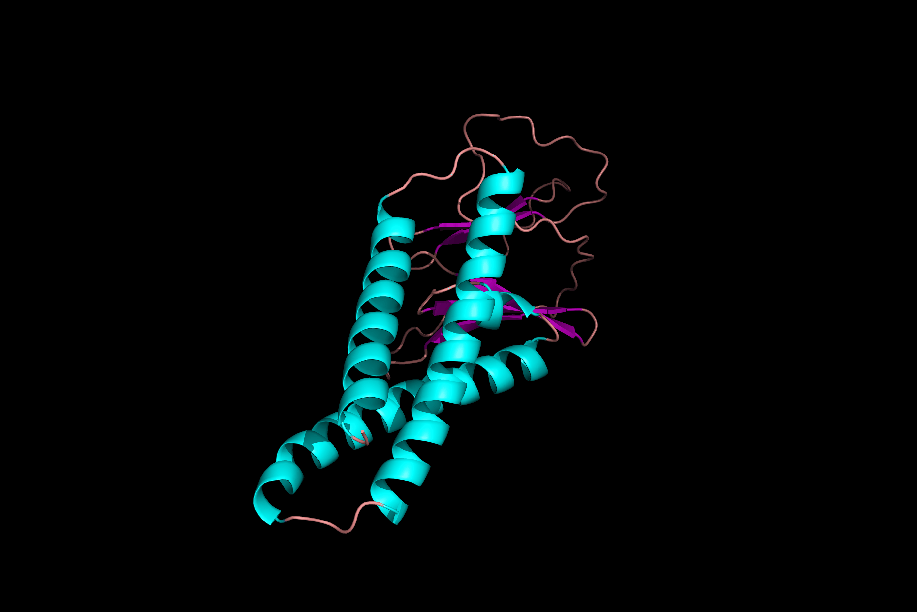From water bottles to cigarette butts to straws, plastic has become an important asset to many of the products and appliances that we use today. However, with the huge influence that plastic has on the manufacturing industry, comes the potential destruction of the environment. Luckily, a study conducted by Mecking and others discusses the invention of a new plant-based plastic that can potentially fix this problem!
why are plastics bad?
Most of the plastics that are used today are manufactured from petroleum, which is a fossil fuel that is formed when dead organisms are broken down throughout millions of years. Then, petroleum is converted into a type of material that is unrecognizable by the organisms that normally break down products like petroleum. This results in plastics that decompose very slowly, or do not decompose at all. These plastics tend to accumulate and end up in landfills and incinerators, or even worse, dumped into the environment.

“Plastic Ocean” by Kevin Krejci is licensed with CC BY 2.0. To view a copy of this license, visit https://creativecommons.org/licenses/by/2.0/
what about recycling?
There are two types of plastics that need to be addressed. The first type is thermoset plastics. These are plastics that are not recyclable. The second type is thermoplastics. These are plastics that can be melted into smaller parts and re-formed into different plastics. This is the process that we call mechanical recycling. However, every time these plastics are recycled, their quality starts to decrease. In fact, a piece of plastic can only be recycled 2-3 times before it reaches a point where it can no longer be used!
plant-based plastic to the rescue
A solution to this imperfect recycling procedure is to utilize a new recycling method known as chemical recycling. This is a process that breaks down plastics at the molecular level, which can then be used to create other materials without a decrease in quality.
Check out the video above by CNBC for more information on chemical recycling!
In Feb 2021, a paper was released in Nature by Mecking and others, discussing the invention of a new plant-based type of plastic. Rather than using fossil fuels such as petroleum, this type of plastic is composed of plant oils. This plastic can utilize chemical recycling at a much more efficient rate than what is originally possible.
Normally, chemical recycling of fossil-fuel-composed plastics requires a lot of energy; temperatures above 600 degrees Celsius are required and only 10% of the plastic can be utilized for other materials. In comparison, their new plant-based plastic only needs to heat to around 250 degrees Celsius and can utilize up to 96% of the original material!
Stefan Mecking, the lead author of the study, acknowledged in an interview in the Academic Times, that their new plastic would have a hard time competing with the cheap cost of ethylene. Hopefully, with further refinement, Mecking and his team will be able to lower the price point of their plastic to a level that is suitable for the plastic industry.
– Aaron Yoon

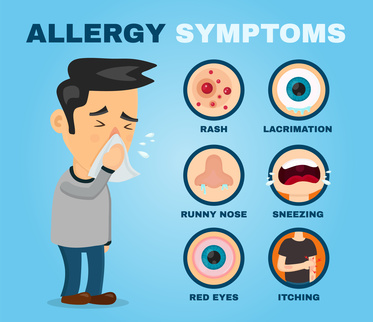
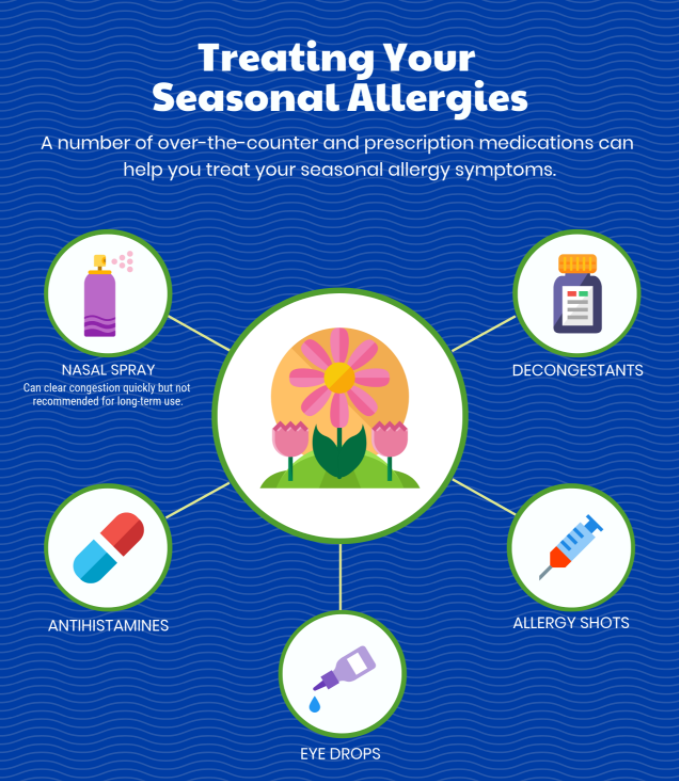 Treating your Seasonal Allergies
Treating your Seasonal Allergies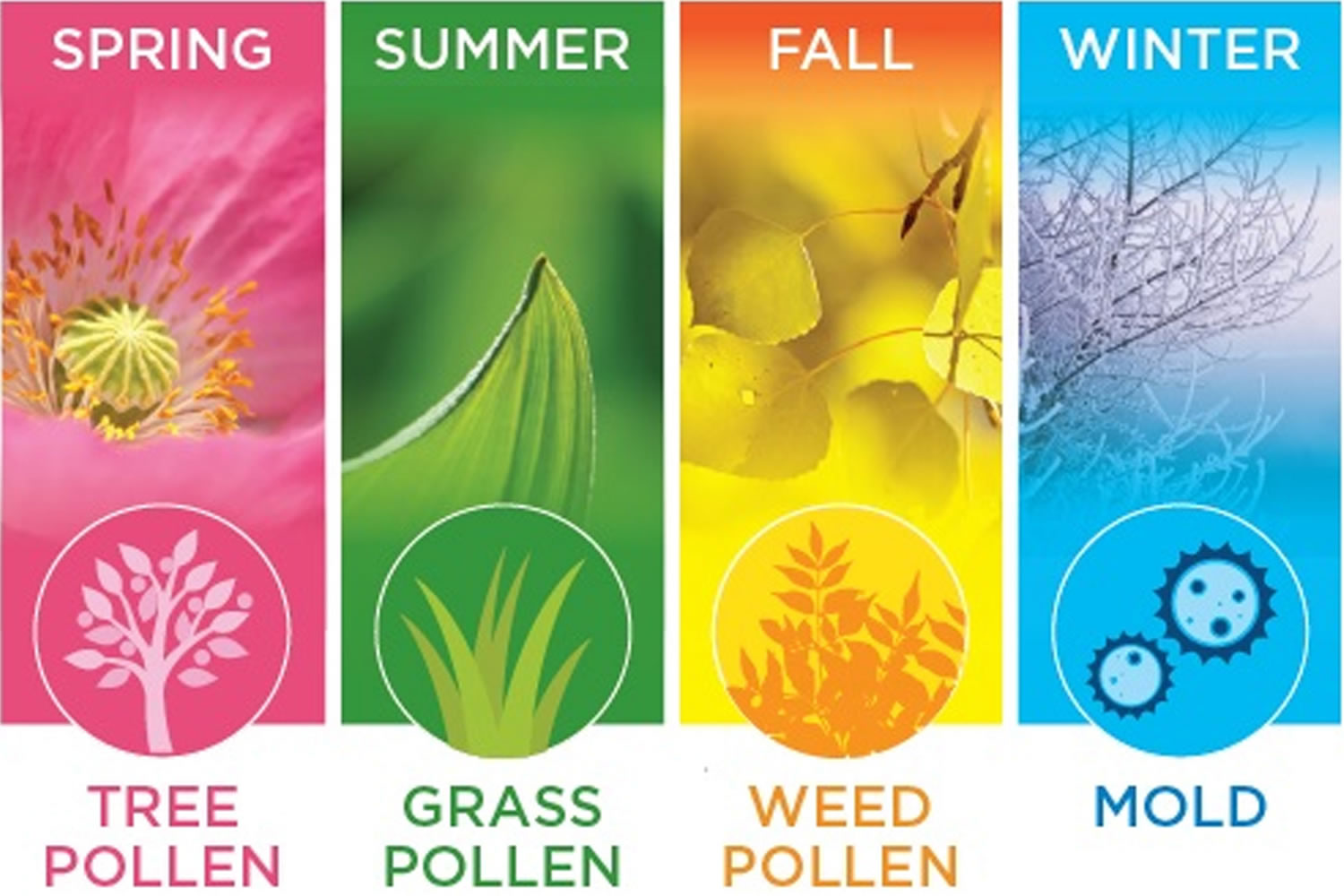 Examples of Seasonal Allergens
Examples of Seasonal Allergens

